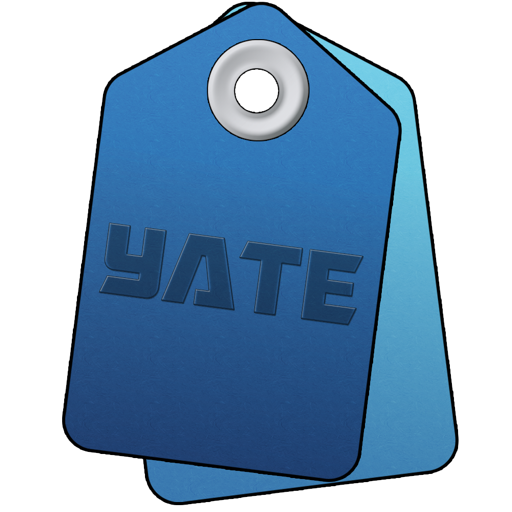

This statement is used to import artwork from the file system.
You can specify the folder to be used as the source for the artwork. If the folder field is empty, a track's containing folder is assumed. The folder string is evaluated for every file being manipulated and may contain any of the escape sequences described in Escape Sequences. The resultant path may be absolute (/), relative to the Home folder (~/) or relative to the track's containing folder (./). Any path which does not exist or is invalid is ignored.
The picture type to be associated with the loaded artwork items must be specified. The description associated with an artwork item on a per track basis is taken from the description field which may contain any of the escape sequences described in Escape Sequences. Note: if Settings-Artwork-Extract image type from file names is enabled, the specfied picture type will only be assigned if an image type is not extracted from the file name.
Note that artwork loaded by this statement is not scaled by default. If you want to scale the artwork based on the default settings in Settings-Artwork, enable the Scale imported artwork if required setting. If you wish to manually scale the artwork make a subsequent call to a Manipulate Artwork statement.
When All Files is selected, an attempt is made to load every file with a jpg, jpeg and png filename extension from the specified or implied folder.
When Single File is specified and File is a pattern is not selected, you are looking for a particular file on a per track basic. The associated text must contain the name (including filename extension) that you are looking for. The file may specify any OS X image file. The field may contain any of the escape sequences described in Escape Sequences. When in this mode you can elect to search subfolders until the desired file is found. Note that the matching is always case insensitive.
When Single File and File is a pattern is selected, you are looking for a particular file, on a per track basis, matching a pattern. The specified file is treated as the pattern followed by a filename extension. For example image.jpg will match any file with a .jpg extension where the name of the file contains image. If a filename extension is not supplied, the pattern can match the first occurrence of an image type where the name contains the pattern. For example image can match image1.jpg, image file.png, etc. The field may contain any of the escape sequences described in Escape Sequences. When in this mode you can elect to search subfolders until the desired file is found. Note that the matching is always case insensitive.
As the field containing a filename or pattern can contain escape sequences, each track can be looking for a different image file. For example an specification of \[Album].jpg will look for a jpg file with the same name as the album if File is a pattern is not specified. If File is a pattern is selected, a jpg file whose name contains the album name will be matched.
While the statement is valid for Grouped execution, it is far more efficient when executed stepwise where no artwork item will be processed more than once.
Note: Yate will not import artwork which is a duplicate. The only practical way of determining if an artwork item was successfully imported is on a per file basis to save the image count and then test if it has changed after executing this statement. While the same image can be displayed more than once if multiple files are selected, this can only happen if the picture type or description differs. Internally, there is only one copy of the image loaded.